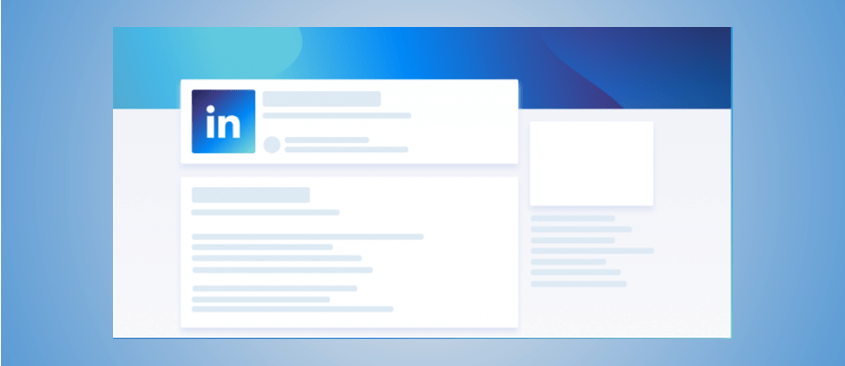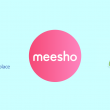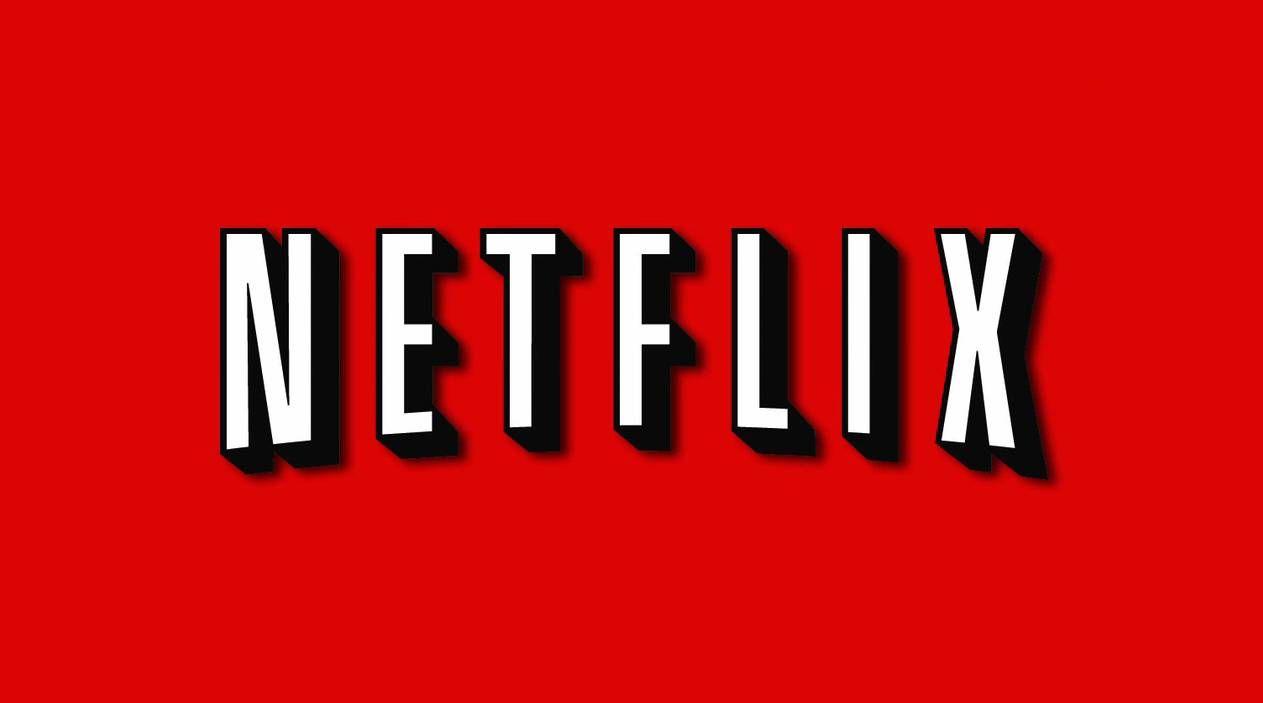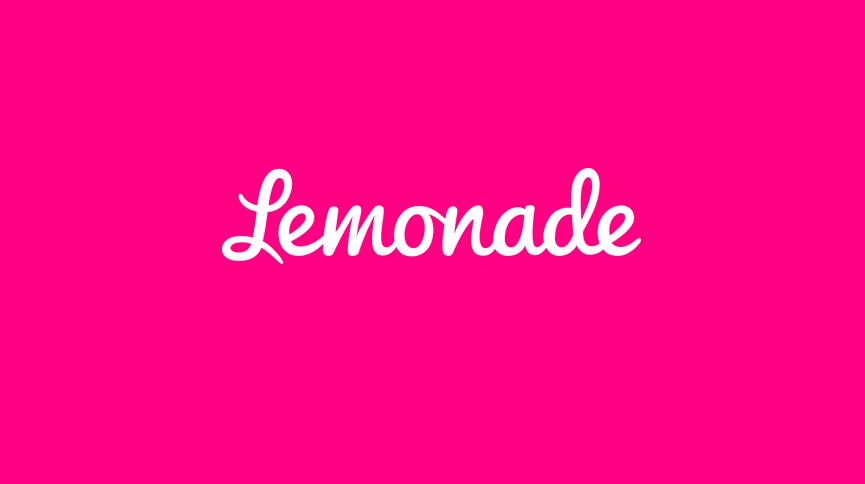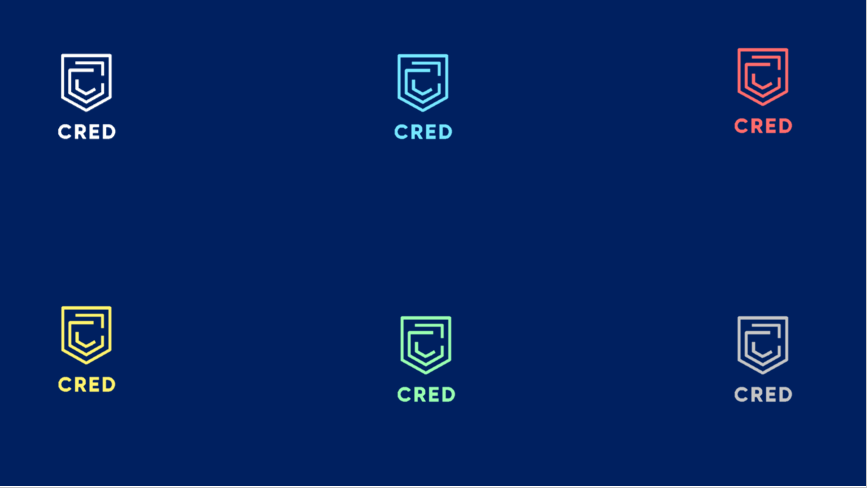LinkedIn when launched in 2003, was conceived with the idea of Professional Networking. With its growing set of a target audience, It has helped professionals connect across geographies. LinkedIn has implemented various features which would bind its users. Some of its best features include the ability to connect with Alumni network or ask for a referral from a connection for a job hunt. LinkedIn helps many people hunt for a job through one-click applications as well.
In its early days, LinkedIn had identified a problem of low stickiness on the product. People would not be active on LinkedIn unless they are looking for a job change. The overall daily engagement rate was poor. Hence to handle this problem, they took inspiration from the Facebook wall. They implemented this feature somewhere in 2017. Since then the Great LinkedIn wall has been flooded with so many posts. However, if you skim through the posts, you would realize content is still a major problem.
Content is King
Bill Gates in early days of the Internet (around 1996) predicted that “Content is where I expect much of the real money will be made on the Internet, just as it was in broadcasting.” When it comes to LinkedIn, users have the tools at disposal to create content by posting on walls. Off late the feeds coming out of LinkedIn are not highly engaging as expected.
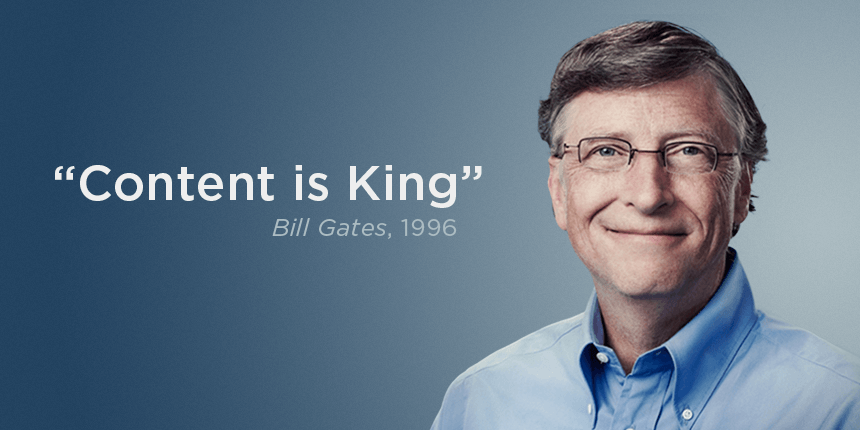
Most of the content you see revolves majorly around the following
- Bashing someone who opted out of an opportunity.
- Lead Generation (If you are looking for some material, post your mobile number or email ID).
- If one person likes a post, all of his network gets that in their feed. And user sees that post again, when there is further engagement by same or other users.
- Forwards (from Whatsapp and Facebook )
- Re-posting one and the same thing, which would be an original experience of someone (for e.g.I said no to a job offer, few more people copy paste the same experience). Also, imagine you reading the same content posted by many repeatedly
A good part of this content is also about complaints. For e.g. A candidate did not turn up for an interview for some reason and here you go on LinkedIn. Complaining releases stress hormone cortisol, which negatively affects mood, reduces energy levels, and can lead to more of the uncomfortable emotions. LinkedIn hence indirectly is helping many people get into this state. Thanks to this uncontrolled content creations, some stand up comedians create humor based posts, mentioning this is their profession.
Why the need for Change
If you look at some of the statistics LinkedIn has a daily engagement rate of close to 40%. The overall average time spent on LinkedIn daily is 17 minutes. Basis research published by Digital information world, the time spent on Social media has increased significantly to close to 200 minutes a day. And if LinkedIn were to get a major share of this pie, they need to moderate the content or keep a check on what is expected by the users. If the content deteriorates further it could see a sharp fall in the user engagement too. This is the problem Facebook is facing since their content is not able to engage their audience as much as it did earlier.
Majority of engagement on LinkedIn is highly skewed towards the top 1% influencers . This may work against LinkedIn since the rest 99% may no get that kind of engagement they are expecting.
To boost up key Product metrics, LinkedIn will have to revisit the algorithm for posts. Showing relevant posts is something Facebook, Instagram, and Twitter have tried time and again. They may have had some success on some occasions, however, they have not found the magic wand that would show exactly the type of feed a user is looking for.
Algorithm Change
Basis some of the recent news published here and here, LinkedIn is working to revamp its algorithms.
Some of the top things LinkedIn should start doing immediately are as follows
- Classify the Posts – If a post is a job opening or a reference article or just ranting. If a user is engaged mainly in articles, in such cases articles published within his network should get priority. This should be a simpler step to take and useful data that could help at a later stage. More importantly, it would help increase the overall engagement rate and stop LinkedIn from becoming Facebook
- Stop showing one post multiple times. LinkedIn could easily capture whether a user has viewed a post once or twice or not at all. If the user has viewed post already, even if there is engagement from several other users, do not show the same post multiple times for user who has seen it already. This should also help reduce skewed engagement rates.
- Let User modify Preference on Feeds. Let me view the latest feeds or All Job postings or say popular posts first. This would be great in conjunction with point 1.
- Moderate and remove fake posts / False re-posts manually. If a post has been re-posted, LinkedIn could politely confirm with user if it is original or not, original post can be highlighted for reference. If not, it could be clubbed under the category of similar experience.
These at least would give control to the end user who is getting the feeds. Further, LinkedIn could leverage tech like AI/ML to automate this process of providing feeds.
LinkedIn is meant to be a professional network, hence it should help individuals and organizations grow by various means. If someone likes to grow by reading, open up more avenues of exploring good articles in various networks. If a person believes in networking open up more avenues of networking. LinkedIn has done a great work in helping professional community. With its change in algorithm, i hope LinkedIn achieves the metric of newer heights.
Also Read – Hyper-personalization in Food delivery business
References
https://www.digitalinformationworld.com/2019/01/how-much-time-do-people-spend-social-media-infographic.html
https://marketingland.com/linkedin-lifts-the-hood-on-its-news-feed-algorithm-to-show-how-it-ranks-posts-263180)
(https://www.socialmediatoday.com/news/linkedin-has-outlined-its-recent-algorithm-updates-which-focus-on-broadeni/557609/).
